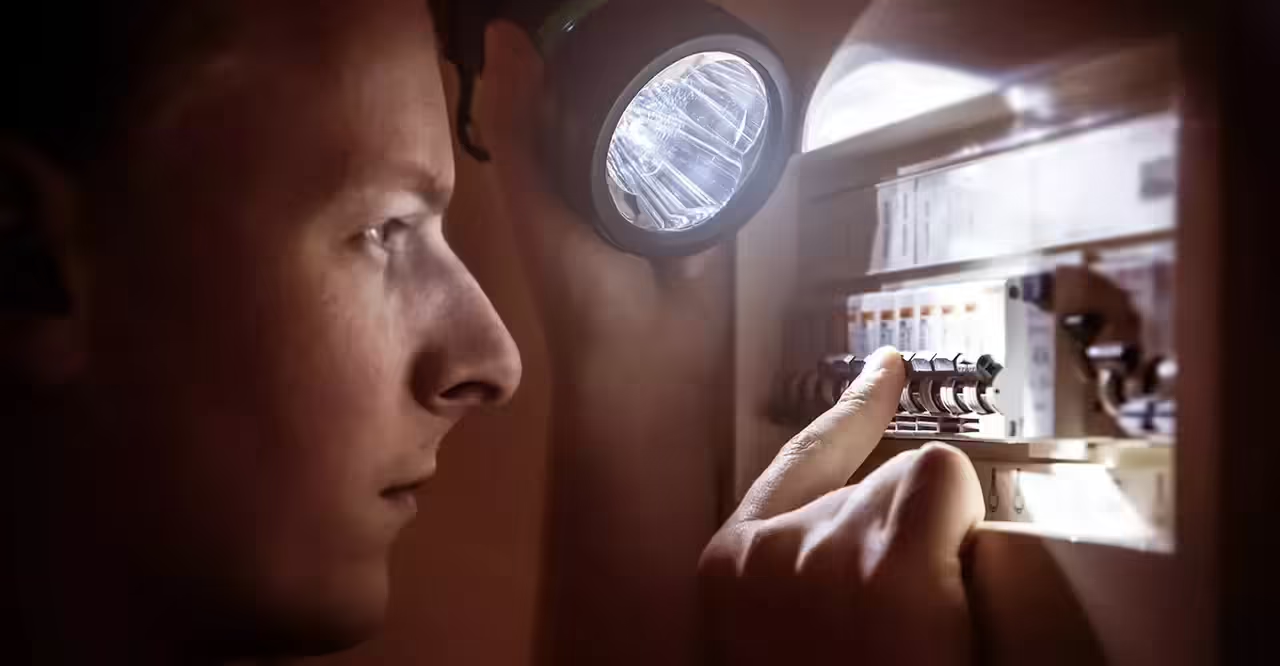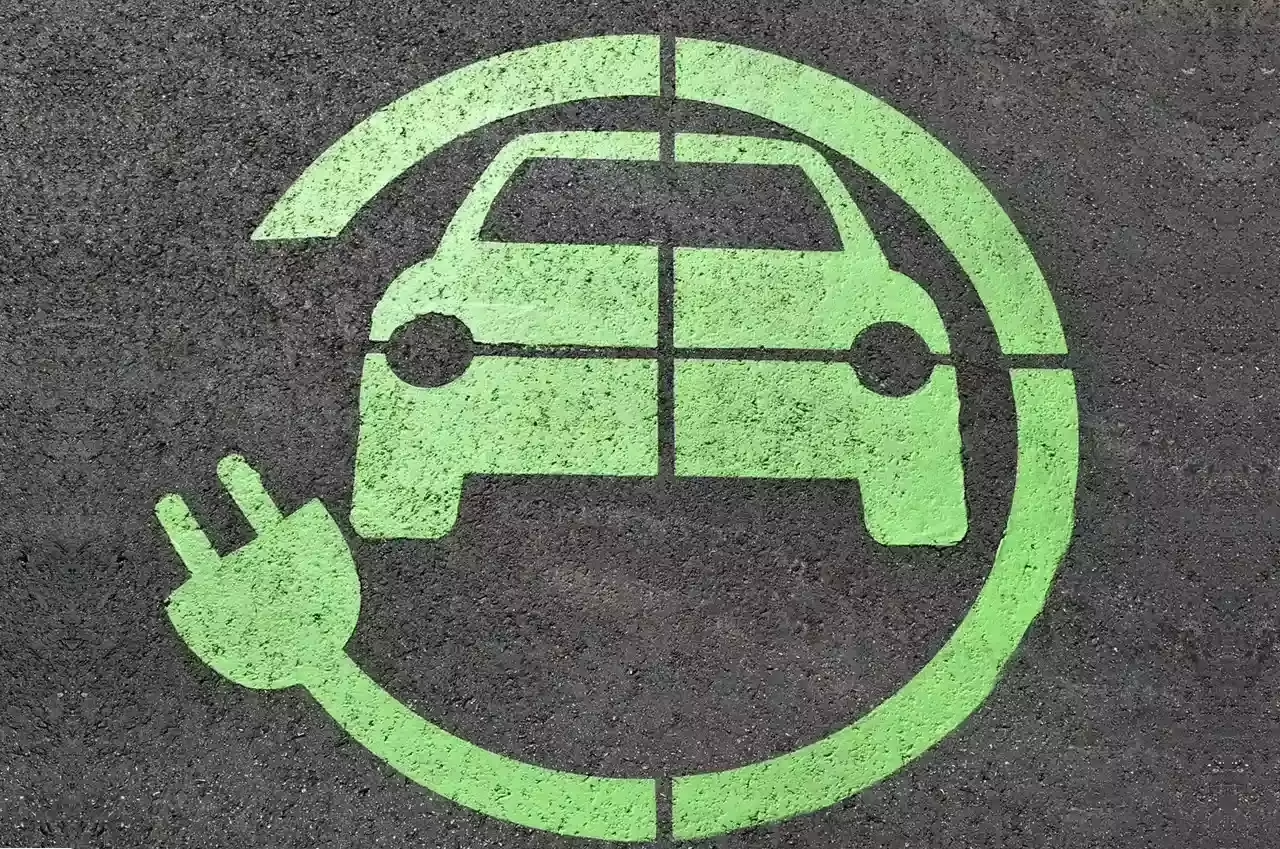
Power outages, often unpredictable and sudden, can plunge entire communities into darkness and chaos within seconds. These events can be caused by a variety of factors, from extreme weather conditions to failures in the electrical infrastructure or even sabotage. Regardless of the cause, the lack of electrical power can have significant and, in some cases, life-threatening consequences for life and property.
The Importance of Preparation
Safety: Power outages can present significant risks to public safety. Lack of lighting can increase the likelihood of accidents such as falls or vehicular collisions. Additionally, the interruption of electrical supply can affect the responsiveness of emergency services, making it difficult to provide quick attention to critical situations.
Well-being: The lack of electricity can negatively impact people’s well-being, especially in extreme situations such as heatwaves or intense cold. Loss of heating, air conditioning, or refrigeration can expose individuals to extreme environmental conditions, risking their health and comfort.
Communication: In the digital age, electricity is fundamental to keeping us connected through electronic devices. Power outages can disrupt telecommunication services such as mobile phones, internet, and television, making communication and obtaining crucial information during an emergency difficult.
Food and Medication Storage: Interruption of electrical supply can compromise the safety of food stored in refrigerators and freezers, increasing the risk of food poisoning. Additionally, people relying on medical devices requiring electrical power, such as home ventilators or dialysis equipment, may face serious complications if not prepared for a blackout.
Preparing for Power Outages
Emergency Kits: It is essential to have an emergency kit that includes essential supplies such as drinking water, non-perishable food, flashlight, batteries, hand-crank radio, first aid kit, and personal hygiene items.
Power Generators: Consider acquiring an electric generator as a backup during prolonged power outages. Ensure to follow manufacturer’s installation and safety instructions and note that generators should be used in well-ventilated areas to prevent carbon monoxide poisoning.
Equipment Maintenance: Perform regular maintenance on your backup systems, such as generators and solar power systems, to ensure their proper functioning in emergencies.
Action Plan: Develop a family action plan that includes procedures to stay safe and connected during a power outage. Designate a meeting place and ensure all family members are familiar with the plan.
Risk Assessment: Causes of Power Outages
Power outages can occur for a variety of reasons, and it’s important to understand the different factors that may contribute to their occurrence. Here’s a risk assessment of some of the most common causes of power outages:
Extreme Weather Conditions: Severe storms, including hurricanes, tornadoes, snowstorms, heavy rain, and strong winds, can damage power lines, streetlights, and transformers, resulting in widespread power cuts.
Electrical Infrastructure Failures: Aging electrical infrastructure and lack of maintenance can lead to system failures, such as short circuits, network overloads, or collapses in power distribution.
Electrical System Overload: During periods of high energy demand, such as heatwaves or extreme cold, the electrical system can become overloaded, leading to power cuts to prevent damage to the grid.
Equipment and Substation Failures: Electrical equipment, including transformers, switches, and voltage regulators, can experience failures due to mechanical problems, overheating, or vandalism, disrupting power supply.
External Incidents: Events such as traffic accidents, unplanned construction, trees falling on power lines, or acts of vandalism can cause physical damage to electrical infrastructure and trigger outages.
Power Generation Issues: Failures in power generation plants, both thermal and nuclear, can result in a sudden decrease in the availability of electrical power, leading to supply cuts.
Cyberattacks and Sabotage: Modern electrical systems are increasingly connected to computer networks, making them vulnerable to cyberattacks and sabotage by malicious individuals or organized groups.
Human Errors: Human errors, such as improper operation of equipment or failure to comply with safety protocols, can trigger power outages.
Creating an Emergency Kit for Power Outages
Being prepared with an emergency kit can make a difference in comfort and safety during a power outage. Here’s a detailed list of essential items to include in your emergency kit:
Flashlight and Extra Batteries: A handheld flashlight with extra batteries is essential for providing illumination during a blackout.
Candles and Matches: Candles can be an additional source of light. Make sure to have matches or a lighter to ignite them.
Hand-crank or Battery-Powered Radio: A hand-crank or battery-powered radio will allow you to receive information and updates during a power outage.
Drinking Water: Store at least one gallon of drinking water per person per day for consumption and hygiene.
Non-Perishable Foods: Include canned foods, granola bars, dried fruits, and other non-perishable foods that do not require cooking.
Manual Can Opener: Make sure to have a manual can opener to open canned foods.
First Aid Kit: A complete first aid kit with basic supplies such as bandages, disinfectant, pain relievers, and scissors.
Medications and Personal Supplies: Keep an ample supply of prescribed medications and personal supplies for at least one week.
Blankets and Warm Clothing: In case the blackout coincides with cold weather conditions, make sure to have blankets and warm clothing.
Important Documents: Store copies of important documents such as identifications, insurance policies, and medical records in a waterproof bag.
Basic Tools: Include basic tools such as a screwdriver, pliers, and duct tape for simple repairs if necessary.
Mobile Phone and Portable Charger: Keep your mobile phone charged and consider having a portable charger to maintain communication during a blackout.
Playing Cards or Books: To keep family members entertained, consider including playing cards, books, or other hobbies.
Pet Food and Water: Don’t forget to include water and food for your pets, as well as any other necessary supplies.
Personal Hygiene Kit: Include personal hygiene items such as toothbrushes, toothpaste, wet wipes, and hand sanitizer.
Family Safety Planning during a Power Outage
A well-structured family plan is essential to ensure safety and well-being during a power outage. Here’s a detailed guide to planning and preparing your family to face these events:
Communication
Establish an out-of-area contact that family members can call to report their status and coordinate in case of separation during the blackout.
Determine an alternative communication method in case phone services fail, such as text messages or handheld radios.
Meeting Points
Identify several safe meeting points both inside and outside your home in case evacuation or gathering is necessary after a power outage.
Ensure all family members know the location of these meeting points and how to reach them.
Emergency Supplies
Regularly review and keep your emergency kit up to date with necessary supplies such as drinking water, non-perishable food, flashlight, radio, first aid kit, and extra batteries.
Designate a specific location to store the emergency kit where all family members can easily access it.
Action Plan
Develop a detailed action plan that includes specific roles and responsibilities for each family member in case of a power outage.
Regularly practice the action plan by conducting emergency drills to ensure everyone is familiar with the procedures and knows what to do in case of a blackout.
Home Safety
Familiarize yourself with the location of circuit breakers and safety devices in your home, such as fire extinguishers and smoke alarms.
Ensure you have basic tools on hand to perform minor repairs in case of an emergency, such as shutting off the gas supply if necessary.
Safe Generator Use
If you have a generator, learn how to use it safely and follow manufacturer’s instructions at all times.
Install the generator in a well-ventilated area, away from doors and windows, to prevent carbon monoxide buildup.
Pet Care
Include your pets in your family safety plan by ensuring you have enough water and food for them, as well as any necessary medication or supplies.
Maintaining Calm
During a power outage, remain calm and reassure your family members. Preparation and regular practice of the action plan will help reduce stress and anxiety.
Updates and Information
Stay informed about the situation through handheld radios, mobile devices with charged batteries, and other available communication means.
Follow instructions from local authorities and respond to updates and emergency alerts as necessary.
Reassessment and Feedback
After each power outage, review and evaluate the effectiveness of your family action plan and make necessary adjustments to improve it in the future.
By following these steps and planning ahead, you’ll be better prepared to protect your family and maintain safety during any power outage that may occur.
Alternative Energy Sources and Backup Electricity Generation
When facing a power outage, having alternative energy sources and backup electricity generation can make a difference in maintaining comfort and functionality in your home. Here are some alternatives to consider:
Electric Generators
Generators are one of the most common options for backup electricity generation during a power outage. They can run on gasoline, diesel, propane, or natural gas.
It’s important to choose a generator with the appropriate capacity for your energy needs and ensure it is installed and operated safely, following manufacturer’s instructions.
Solar Power
Solar power systems can provide a sustainable and reliable source of electricity during a power outage.
Installing solar panels on your roof with an energy storage system, such as batteries, will allow you to store and use solar energy even when there is no sunlight.
Wind Power
If you live in an area with sufficient wind, consider installing a small wind turbine to generate backup electricity.
Wind turbines can be an effective option, especially in rural areas where space is available and appropriate permits can be obtained.
Storage Batteries
Storage batteries, such as lithium-ion batteries, can be used to store electricity from renewable sources such as solar or wind for use during a power outage.
These batteries can be integrated with home solar systems or installed independently to provide a backup power source.
UPS Systems (Uninterruptible Power Supplies)
UPS systems are devices that provide instant backup electricity during a power outage by using internal batteries.
While UPS systems are more suitable for powering sensitive electronic equipment such as computers and network devices, they can also be useful for maintaining power to essential devices for a short period.
Biomass
Biomass, such as burning wood or wood pellets in stoves or boilers, can be used as a source of heat and energy during a power outage.
Modern biomass stoves are efficient and can provide heat for heating and cooking, as well as generate electricity through cogeneration systems.
When considering these alternative energy and backup electricity generation options, be sure to assess your energy needs, local environment, and relevant regulations before making a decision. Combining multiple energy sources can provide a comprehensive solution to maintaining electricity in your home during a power outage.







